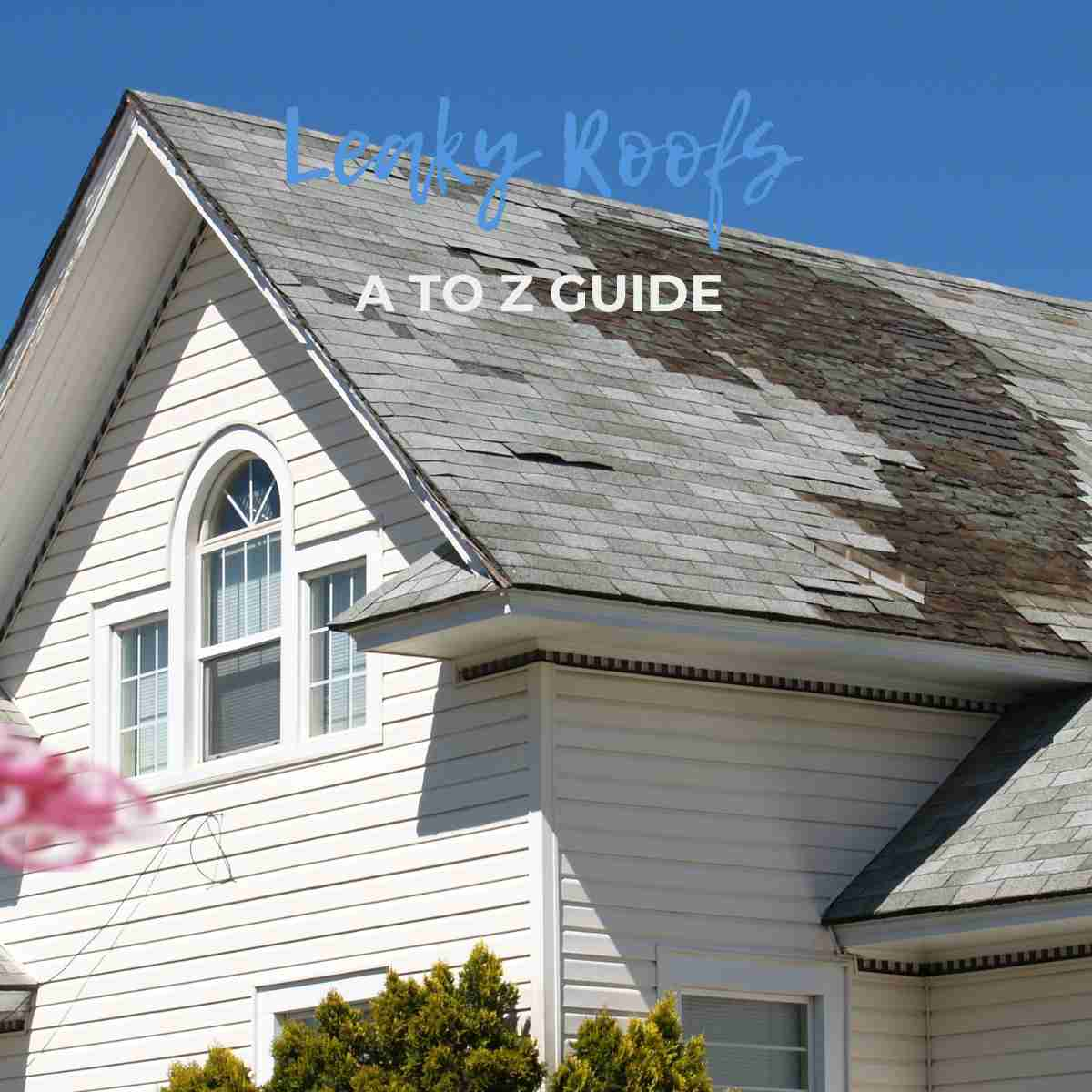Leaky roofs are the dread of many homeowners in the US and for a good reason. Left unattended, even for a short period, they can cause a host of issues ranging from ugly water spots and mold growth to compromised structural integrity and damage to electrical systems.
Considering how dangerous and potentially life-threatening some of these issues can be, it is imperative to learn how to identify and prevent them in a timely manner. To help you in that endeavor, we’ve picked the brains of experts from Horch Roofing and created this comprehensive guide.

What is the #1 cause of roof leaks?
In the vast majority of cases, roof leaks are caused by the combination of several factors, the most common being:
- Old age;
- Broken or missing shingles;
- Clogged gutters;
- Damaged chimney;
- Damaged or improperly sealed roof vents;
- Attic condensation;
- Damaged or improperly installed flashing;
- Improperly sealed valleys;
- Ice damming;
- Improperly installed/sealed skylights.
From the above, we can easily extrapolate the leading cause of leaky roofs: damaged or deteriorated roofing materials, whether due to old age, poor installation practices, or the impact of the elements.
How do you find out where your roof is leaking?
Locating the roof leak can be challenging and, in most cases, requires a methodical approach. Here are typical steps involved in the procedure:
- Step 1: Inspect the interior of your home: What you’re looking for is any sign of water damage, such as water stains, increased dampness, mold growth, moist drywall, or peeling paint.
- Step 2: Inspect the roof exterior: Check out the roof from the outside to see if there are damaged or missing shingles, debris accumulation, or cracks in the flashing. To narrow down your search, eyeball the approximate location from the inside, tracing signs from Step 1 to the roof's highest point.
- Step 3: Inspect the roof interior: Go into your attic and find any evidence of moisture in and around the rafters. Also, pay attention to the signs of water damage on the floor and in the walls, such as wet patches or soaked insulation.
- Step 4: Pinpoint the source of the leak: This last step can be quite circumstantial, as it requires visiting your attic while it’s raining to accurately determine the location of the leak. In high-precipitation regions, such as South Portland or Coastal Maine, you won’t have to wait long for that to happen. However, it still could take days - and that’s the time you could use to actually address the issue.
Do note that, while these steps can help you find leaks reliably, the best approach is to have professionals do the inspection. Expert roofers use advanced equipment, such as moisture meters and infrared imaging to pinpoint the location of the leak in a fraction of the time it would take you to do the same.
How do you fix a leaky roof?
The best option, bar none, is to have a reputable roofing contractor perform necessary inspections and carry out the repairs. Fixing a leaky roof is a complex process that requires experience, expertise, and specialized tools.
Not to mention, it can also be extremely dangerous. Roofing repairs, no matter how small, involve ordinating across the roof for a prolonged period, which only exacerbates the risk of falling and incurring severe injuries.
Do all roofs eventually leak?
The belief that roof leaks are inevitable because “nothing is made to last forever” is nothing but a common misconception. Yes, roofing can’t last forever - but leaks can be prevented with great reliability, never to occur. However, doing so requires a bit of forward thinking and action.
With this in mind, our final piece of advice is to have expert roofers perform inspections and preventative maintenance on a regular basis. A comprehensive assessment once a year is more than enough to keep your roofing in tip-top shape and your property safe!
